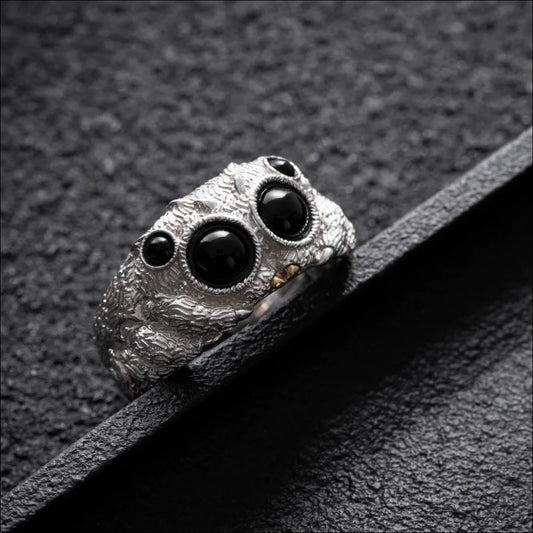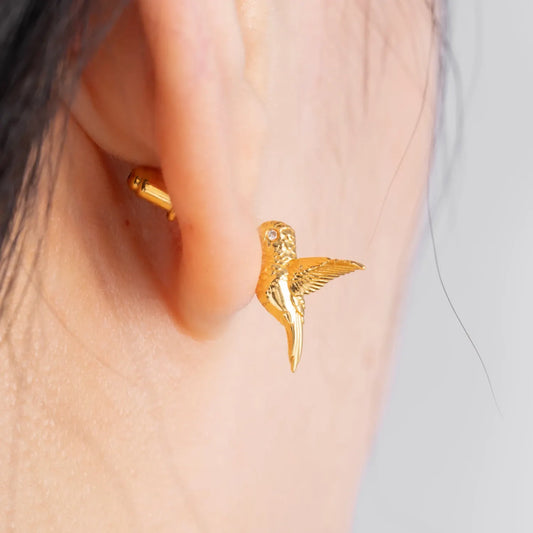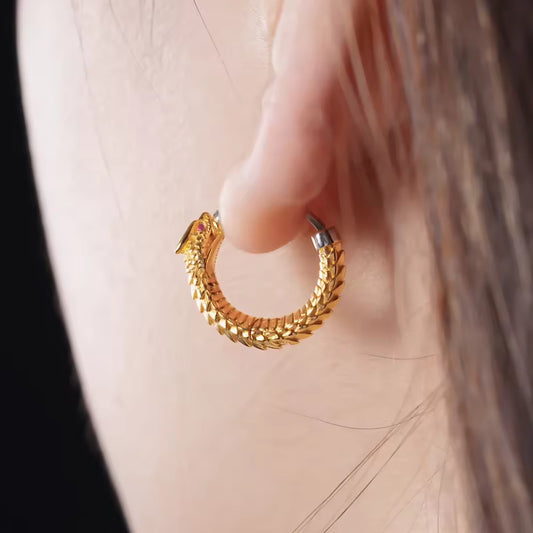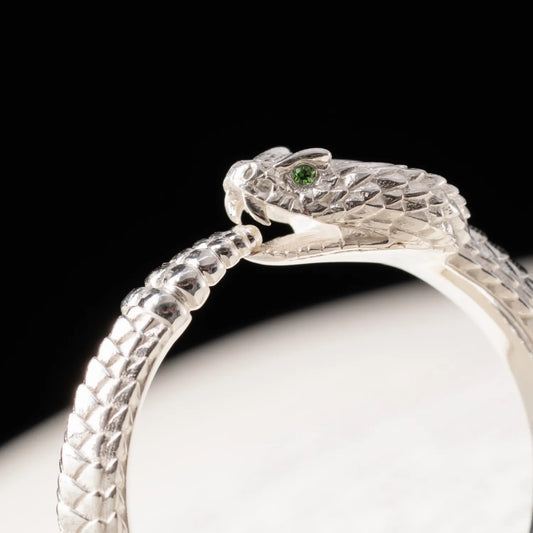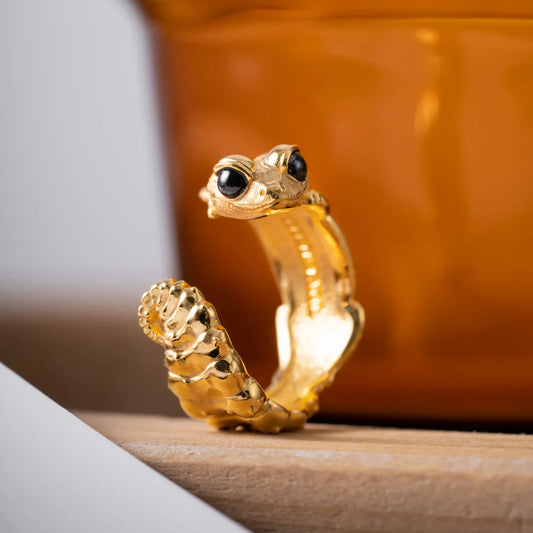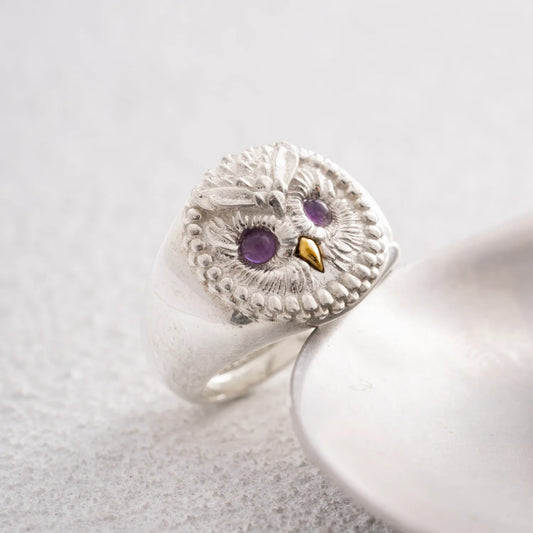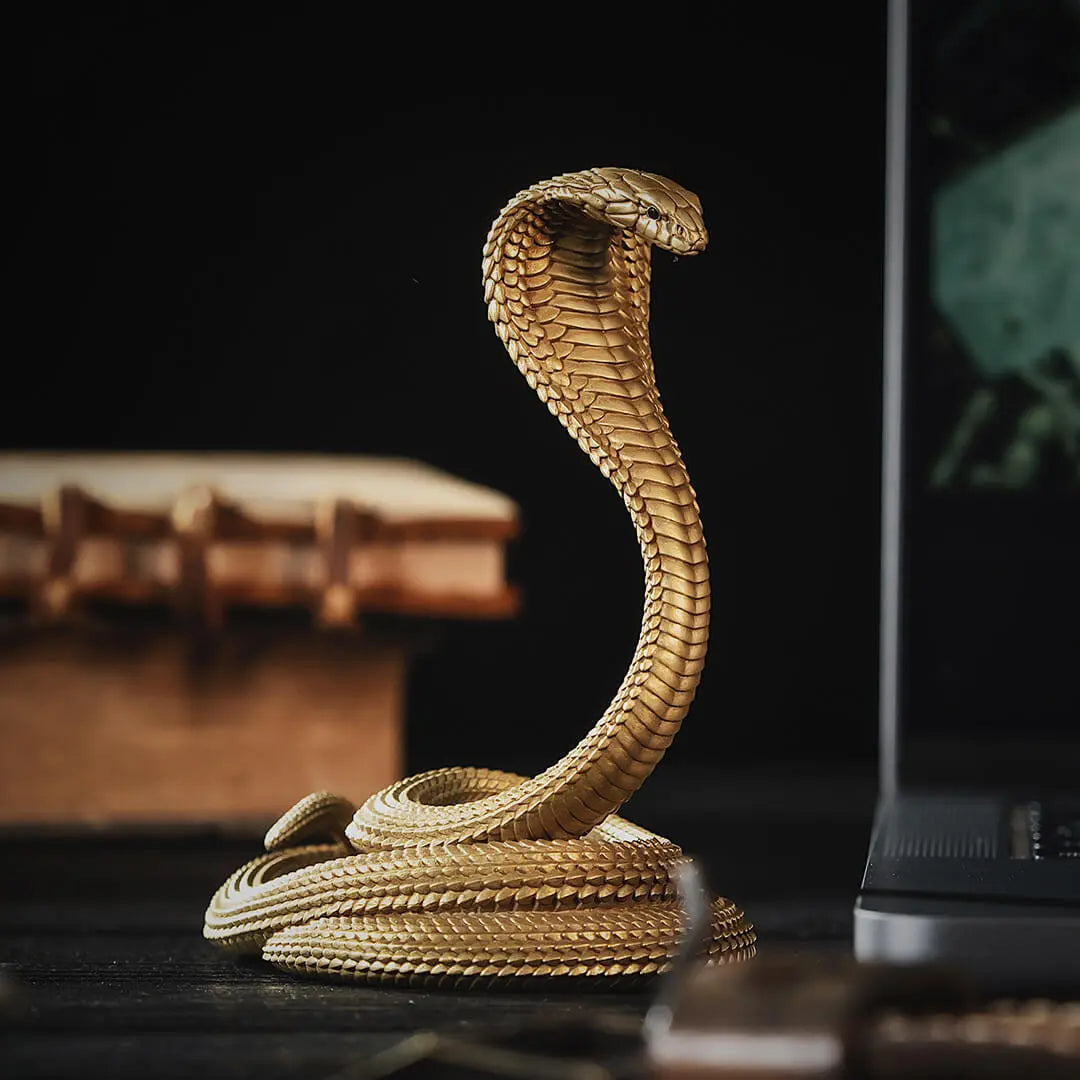The king cobra is a fascinating creature. A snake found primarily in southeast Asia, it’s most known for its massive size and large hood. But what else do we know about the king cobra? Follow us on this journey to learn more about this mysterious serpent.

What is the king cobra?
The king cobra isn’t even a true cobra. It’s actually in a genus of its own called Ophiophagus that it shares with no other species of snake. This is different than most snake genus which are usually filled with multiple similar species. This makes sense in a way as the king cobra is such an unusual and singular creature. They’re considered one of the most intelligent snakes in the world and display traits and behaviors that are seen in no other snake species.
How big are king cobras?
The king cobra is the longest venomous snake in the animal kingdom. To give a comparison, the second longest is the black mamba. It’s a venomous snake that is native to Africa and tops off at an impressive 14ft. When you consider the deadliness of the creature the size seems incredibly intimidating. But, it pales in comparison to the mighty king cobra. This Goliath can reach about 18ft! Can you imagine running into something like that while out for a walk?
Where do king cobras live?
King cobras are found throughout parts of southeast Asia and India with the biggest concentration found in Mynamar (formerly Burma). They prefer to live near streams in dense or open forest areas, bamboo thickets, agricultural areas, and thick mangrove swamps. They often stay near water sources that have a pretty consistent temperature and humidity levels as this is important to their health. Individual male king cobras often have a territory that they inhabit and protect against other male king cobras who wander in. They are even able to recognize their territory boundaries.

Are king cobras venomous?
King cobras are VERY venomous. They have a deadly and potent neurotoxic venom that attacks their preys nervous system. If bitten you would experience symptoms such as nausea, vomiting, vertigo, headaches, pain, clammy skin, difficulty breathing, face numbness and eventually the paralyzing of the respiratory system which makes one unable to breathe on their own anymore. Chances of living after a king cobra bite are still pretty good though. As long as the victim of the bite can seek medical attention in case they need a respirator to assist in breathing and they aren’t allergic to the venom, they should pull through.
What does a king cobra eat?
The king cobra has some interesting eating habits. In the wild these snakes are almost exclusively cannibalistic. This means that their main diet consists of other snakes. The snakes eaten by the king cobra are mostly the larger non-venomous species, such as Asian rat snakes, dhamans and pythons up to about ten feet in length. They may also dine on some venomous Indian cobras, kraits and even smaller king cobras. Unfortunately, when people raise them in captivity feeding an all snake diet is expensive, so often people feed them mammals such as rodents and rabbits instead. They will eat them to survive but it’s not natural to them and not as healthy for them as other snakes.
How much venom can a king cobra produce?
King cobras have pretty sizable venom glands. The way that king cobras inject their venom is very similar to the way a shot works. Their hollow fangs are filled with the venom and the pressure put on the fangs from contact with skin causes it to shoot out into the wound. They inject about 7ml per bite. This is enough to kill an elephant. Unfortunately the king cobra has a habit of striking multiple times in a row, so it’s more than possible to be filled with enough venom to kill three elephants.

Can a mongoose kill a king cobra?
The mongoose is the king cobras most dangerous predator. This has a lot to do with the fact that the mongoose actively hunts venomous snakes as a food source. This lucky little animal was born with a natural resistance to venom. It would have to be bitten multiple times to be killed. It’s so fast and agile that it can bite through and crack the cobra’s skull long before that happens though. In order to increase its chances of success the mongoose begins the fight by staying just out of reach and circling the king cobra to check for weaknesses and openings. When the time is right it makes its move and lunges. It’s a very capable predator to take down such a majestic serpent.
How long do king cobras live?
King cobras are the third longest living snakes in the world, right under pythons and rattlesnakes. In the wild they can get up to 20 years old, this is even more impressive when you compare it to the common brown snake with a lifespan of 6-7 years. In captivity, if the king cobra is well and properly cared for, it can get up to 30 years old.
Do king cobras swim?
King cobra’s are very adept swimmers. Most people think of king cobras as merely terrestrial but they are amazing at both swimming and climbing. This increases their food sources as rather than being limited to ground snakes, they can also eat water snakes and tree snakes making it much less likely that they’ll starve in hard times. They’re actually much faster at swimming than human beings. Some people say they’ve even seen king cobras pass a boat.

If you found this article interesting and love the king cobra as much as we do why not treat yourself to something king cobra related. Here’s a beautiful silver cobra coffee spoon that is sure to be an amazing addition to any kitchen. Add some class to your morning coffee time with this work of art that’s sure to make your friends jealous!


